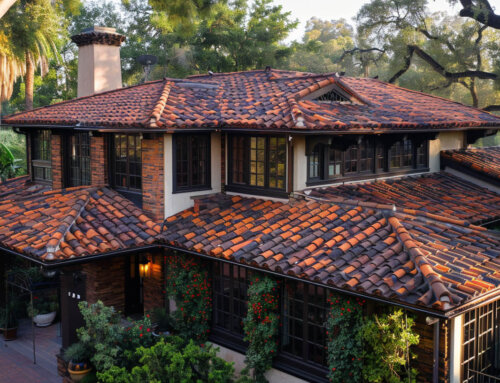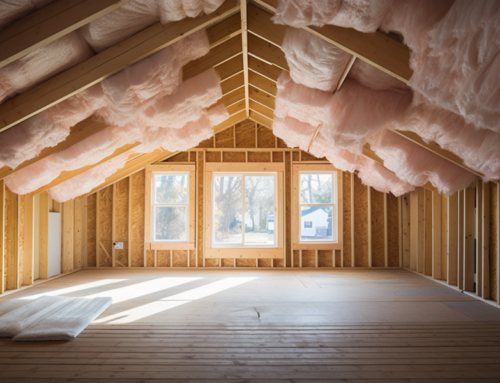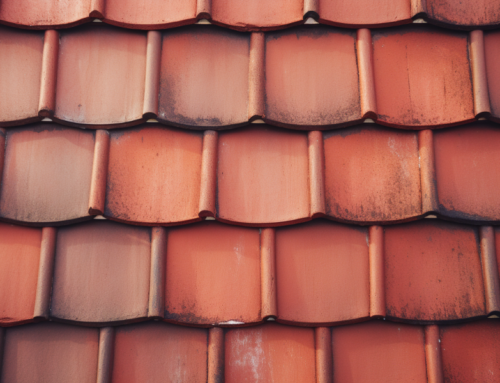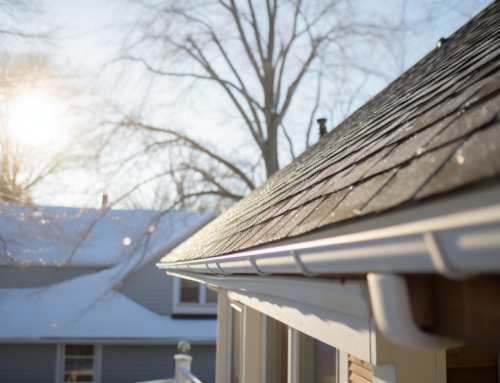Roofing is an essential component of any building, ensuring protection from the elements and enhancing the overall structural integrity. Over the years, advancements in roofing technology have led to the development of various roofing membranes and liquid-applied coatings. This article delves into the intricacies of these roofing solutions, highlighting their benefits and considerations.
Single Ply Roofing Membrane: A Modern Solution
Single-ply roofing membranes have become a popular choice for many commercial buildings. These systems involve the application of a single layer of flexible material over the building’s insulation or roof deck. The primary types in the industry include TPO, PVC, and EPDM.
- TPO (Thermoplastic Polyolefin): Known for its resistance to UV radiation and environmental conditions, TPO sheets are typically white, grey, or tan. They are welded together, ensuring a seamless finish.
- PVC (Polyvinyl Chloride): Like TPO, PVC is resistant to UV radiation and harsh weather conditions. It’s available in various grades and thicknesses, allowing for customization based on specific requirements.
- EPDM (Ethylene Propylene Diene Monomer): EPDM sheets are either reinforced or non-reinforced. They use tapes or glue for seaming and are predominantly black in color.
It’s crucial to ensure that the chosen roofing system aligns with local building codes and insurance prerequisites. San Diego County Roofing & Solar, a leading name in the industry, recommends evaluating the specific needs of the building and environment before making a decision.
Considerations for Single-Ply Roofing Membrane Attachment and Costs
The cost of installing a roofing membrane can differ based on various factors, including the building’s height, age, size, and roof condition. For instance, ballasted EPDM is an economical choice for large roofs that can support significant weight. On the other hand, mechanically fastened TPO systems are often the most cost-effective in the U.S., with PVC and EPDM systems slightly higher in price.
Liquid Applied Coatings: Seamless Protection
Liquid-applied roofing products consist of resin and reinforced polyester. These products are either sprayed on or applied using a roller, typically in two coats. The absence of seams in this system offers a distinct advantage, especially when used on aged metal roofing systems.
One of the primary benefits of liquid-applied roofing is the potential elimination of the need for a complete roof tear-off. This can significantly reduce costs and the risks associated with the tear-off process. Moreover, these coatings can extend the roof’s lifespan, minimizing the need for frequent repairs.
Making the Right Choice for Your Building
Selecting the appropriate roofing solution requires a thorough understanding of the building’s requirements and the available options. While a liquid-applied roof membrane might be cost-effective, it might not be suitable for all commercial roofs. Engaging with experts like San Diego County Roofing & Solar can provide insights into whether PVC, TPO, EPDM, or another system aligns best with your needs.
Key Insights on Roofing Solutions
- Waterproofing membranes come in various types, with some even allowing application over existing roofing materials to prevent leaks.
- Single-ply roofing membranes like PVC, TPO, and EPDM are ideal for low-slope roofs, offering durability and protection.
- Liquid-applied membranes are budget-friendly alternatives that can extend the lifespan of certain commercial roofs.
In conclusion, the advancements in roofing technology have provided building owners with a plethora of options. Whether you’re considering roofing in San Diego or seeking advice from local roofing companies in San Diego, it’s essential to make an informed decision that ensures longevity and protection for your building.











